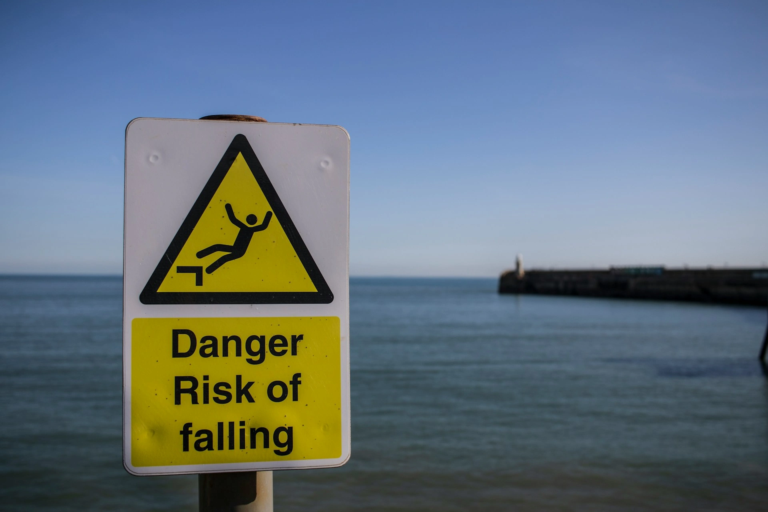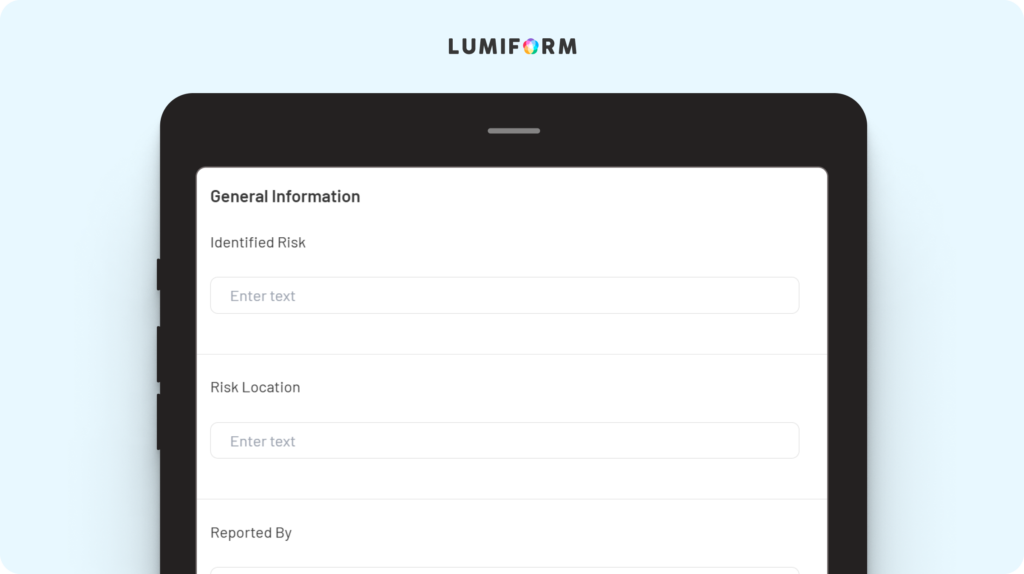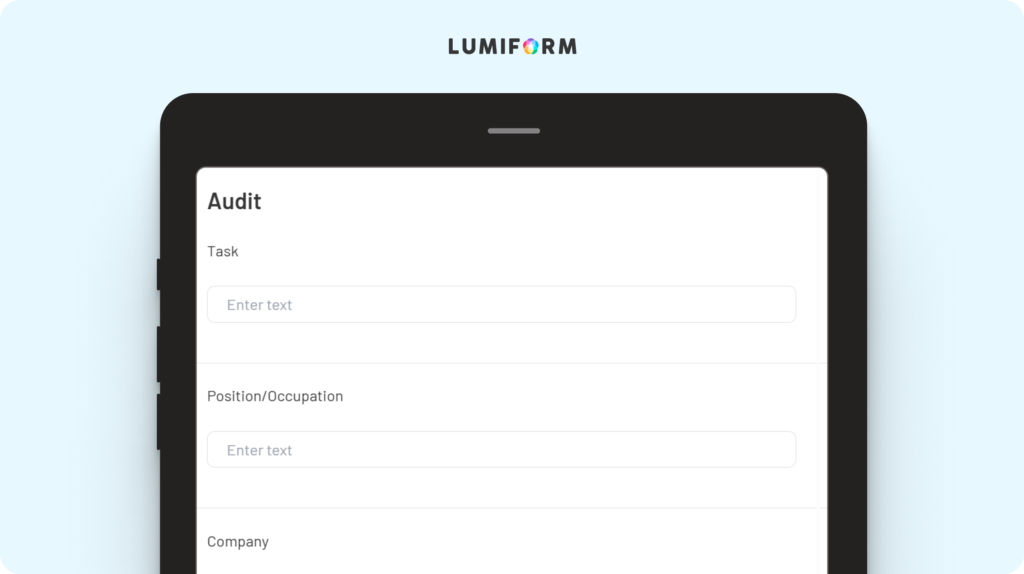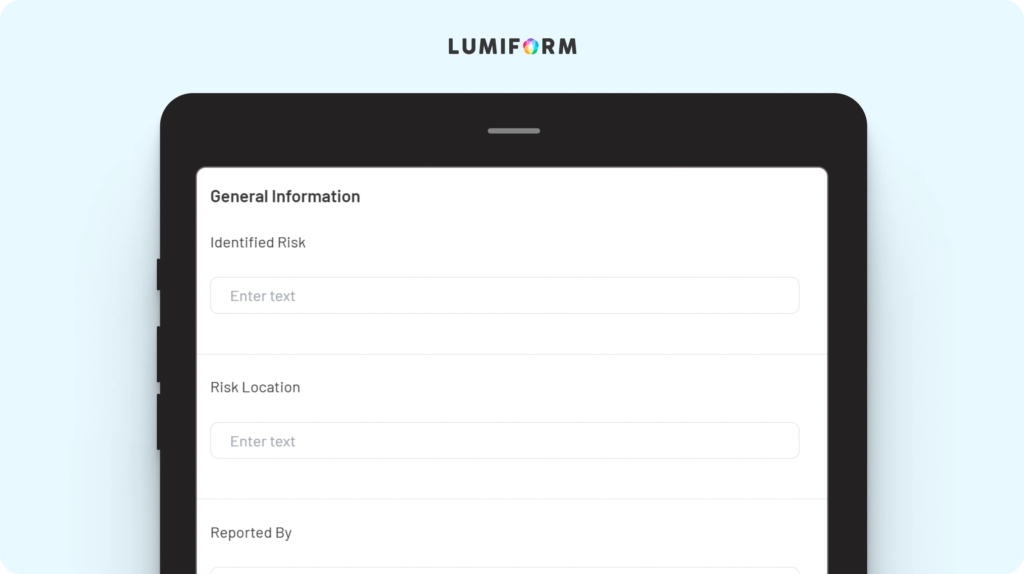Managing risks effectively is critical to maintaining safety and operational control in any industry. A well-structured risk identification template helps you systematically identify, assess, and prioritize potential hazards before they escalate.
Risk identification is crucial for preventing incidents, ensuring compliance, and protecting your team and assets. Without a structured approach, you risk missing key hazards, delaying corrective actions, or failing to meet regulatory standards.
A reliable template provides consistency, helping you document risks thoroughly, assign follow-ups, and track resolution progress.
With a risk identification template, you streamline inspections, ensure accountability, and create a proactive culture of safety. Let’s dive into how these templates can help you improve your risk management processes.
Risk identification templates
Identify potential risks early and take proactive measures with these risk identification templates, designed to help you stay ahead of challenges and safeguard your operations:
Risk identification template
A risk identification template helps you pinpoint potential hazards and vulnerabilities in your operations, ensuring a proactive approach to safety and compliance. With features like dynamic response types, including text fields and photo uploads, this template allows for detailed documentation of risks. Customize it by adding specific categories or sections tailored to your industry, such as equipment safety, environmental hazards, or operational risks. This ensures the template aligns perfectly with your workflows, helping you consistently identify and address potential threats.Hazard identification and risk assessment template
This template combines hazard identification with risk assessment, enabling you to evaluate the likelihood and severity of potential risks in one streamlined process. Use features like scoring systems to prioritize risks and automated follow-ups to assign corrective actions instantly. Tailor the template to include industry-specific hazards, such as chemical exposure for manufacturing or fall risks for construction. By customizing the sections and criteria, you ensure a thorough and efficient risk management process that meets your unique requirements.Project risk identification checklist
The project risk identification checklist provides a structured framework for evaluating risks at every stage of your project. Its checklist format ensures no critical detail is missed, with options to add photos, comments, and priority levels for each identified risk. Adapt the checklist by including project-specific elements, such as budget risks, timeline delays, or resource constraints. This makes it an indispensable tool for keeping your project on track while mitigating potential setbacks.
How to create a risk identification template in Lumiform
Creating a risk identification template in Lumiform is simple and ensures your team can efficiently identify and address potential hazards. Start by using the form builder to define the specific questions and response types needed for your workflows.
For example, include photo uploads to document hazards visually or scoring fields to prioritize risks. Add dynamic sections that adapt based on responses, ensuring inspections stay relevant and streamlined.
To make the template as easy to use as possible, organize it into clear sections like “equipment risks” or “environmental hazards.” This improves clarity and helps your team focus on the most critical areas. Enable response triggers to automatically assign follow-up actions when risks are flagged, ensuring no issue is overlooked.
When using the template, your team can benefit from features like offline mode to conduct inspections in remote locations, syncing data seamlessly later. This ensures consistent risk documentation regardless of the environment.
With Lumiform’s tools, you can create a template that’s tailored to your needs and easy for your team to use, helping you maintain a proactive approach to safety and compliance.



